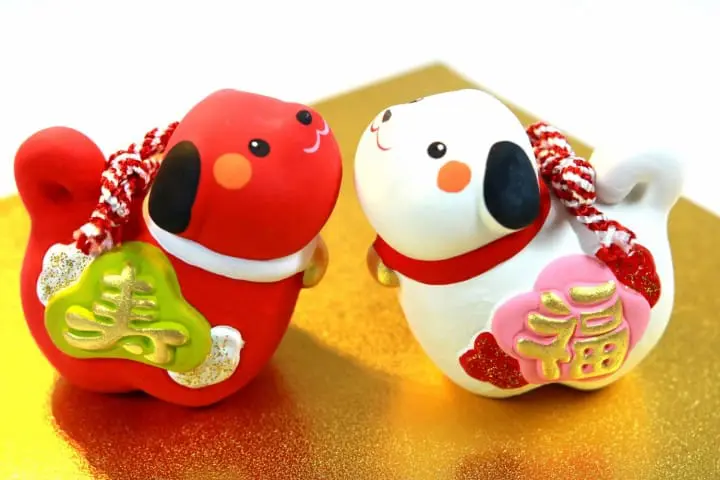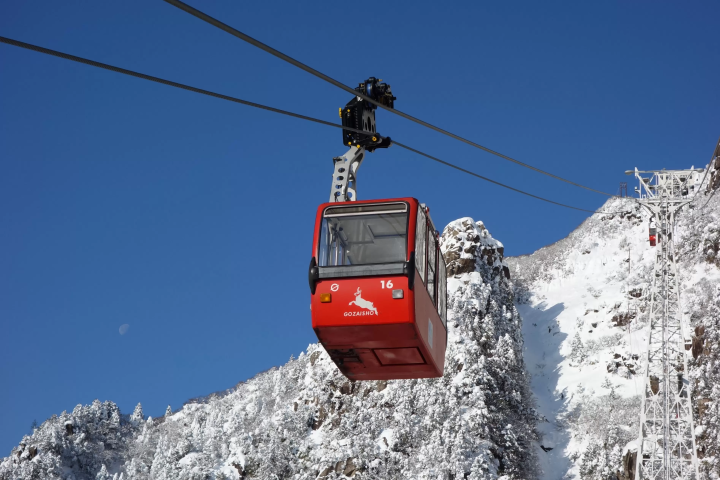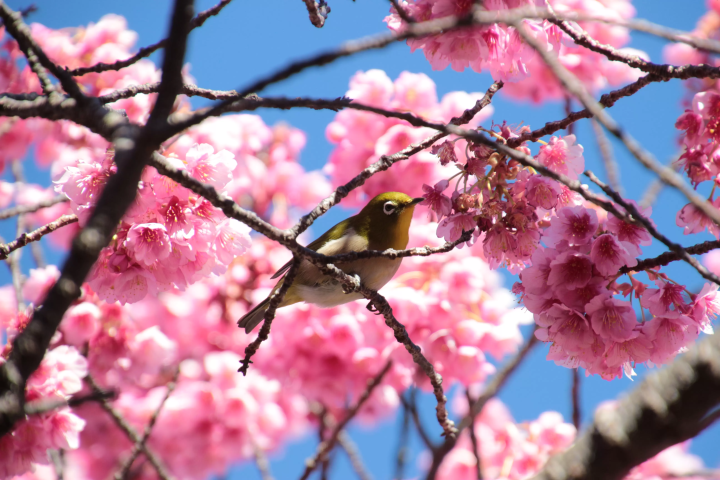Nengajo - Japanese New Year's Greeting Cards

Nengajo are an important part of New Year's celebration for the Japanese and have been a custom for centuries. Wouldn't you like to send some to your loved ones too? In this article we discuss the basics of the cards, and how to write them.
What Are Nengajo?

In countries around the world, it is common for people to both give and receive Christmas cards in December, wishing their families and friends the best of luck in the coming year. But Christmas cards are not commonly sent out in Japan. Instead, the majority of the Japanese send out nengajo, or New Year's greeting cards.
Rather than being greeting cards expressing thanks for the previous year alone, nengajo are cards (and sometimes letters) wherein you express your gratitude for all that someone has done for you in the past year, as well as your hopes for their continued support and favor in the coming year; this tradition is an important part of Japanese society. A reminder of the New Year to the Japanese, if you are going to be spending the New Year period in Japan, why not tell someone special "thank you for everything you did for me in the past year" and "I really hope to have your continued favor and support in the coming year" by sending them a nengajo too?
Let’s Make a Nengajo!

When it comes to nengajo, there are two types of people: those who handwrite everything from the greetings to the address, and those who leave everything from the design to the addressing up to a professional printer. And, as there are now free downloadable designs and purchasable software with nengajo patterns and templates in them, it is possible for people to make their very own, fully customized nengajo at home as well.
For travelers, those that are made by hand are the easiest to prepare.
In general, nengajo feature New Year's wishes, such as phrases like "Akemashite omedeto gozaimasu!" ("Happy New Year!") and the like, as well as a short, personalized message to the recipient.
If you make your New Year's card with a design reminiscent of the year-end, or with a pattern representing the animal of the Chinese Zodiac which represents the new year, you are sure to make a nengajo that will make any Japanese person proud.
For more information on the Japanese New Year, please take a look at: From Lucky Bags To Shrine Visits - Enjoy New Year The Japanese Way!, and for more on the Chinese zodiac, see: Japanese Encylopedia: Eto and Juni-Shi (Chinese Zodiac).
Important Points to Remember When Sending Nengajo

One thing to keep in mind when making a nengajo is that, rather than using a standard postcard, there are special New Year's postcards and stamps that should be used. Starting from mid-November, these special postcards will begin being sold at post offices, convenience stores, bookstores and in many other shops around Japan. These postcards will be marked with the characters "年賀" (nenga) or be placed in a special area with "New Year's" written on or near them.
If you would prefer to use a regular postcard as your New Year's card, then below where the stamp should be placed, please write "年賀" or 'nenga', and the post office will treat your postcard as it would a nengajo instead of a standard postcard. If you forget to do this, then depending on when you post it, your postcard may arrive far too early or too late for the New Year.
The Japanese post office is quite speedy; domestic mail within Japan will often reach its destination within 2-3 days. As a result, nengajo that are sent out and meant to arrive on January 1st may end up being delivered far too early at times. For that reason, 'nenga' is used as a note to the post office itself to not deliver these particular postcards too early.
However, as a result of these yearly postcards, the post office becomes incredibly busy with deliveries during this time of year. If you wait to post the nengajo until December 31st though, you might find that these postcards do not reach their destinations by January 1st, so please keep this in mind. If you'd like to ensure that your nengajo arrive on January 1st, then make sure to take them to the post office by December 25th at the latest.
On the other hand, if you would like to send a nengajo back to your home country, then you will probably want to send them out as soon as possible as the postal service in your home country may have very different holiday schedules when compared to Japan's post office. To learn more about sending mail from Japan overseas, please take a look at: Drop a Line – Sending Domestic and International Mail in Japan.
Don't forget - a lottery number, known as otoshidama, is printed on official New Year's postcards too. In January, winning numbers will be selected by the post office, and those cardholders will be able to exchange their postcards for some lovely prizes. For more details, please look at the Japanese Post Office English website.

New Year's Day is perhaps the most special day of the year for the Japanese, and the fact that these nengajo arrive on this special holiday makes them all the most important. So next year, instead of sending a simple message saying "Happy New Year" to your friends, why not try sending them a nengajo instead? It's the best way to really get into the Japanese spirit during this festive season!
日本への訪日外国人の方が、もっと増えますように!



































![[Yufuin] From breathtaking views to skin-beautifying hot springs. A variety of day trip hot springs to fully enjoy Yufuin](https://resources.matcha-jp.com/resize/720x2000/2026/01/18-255919.webp)

![[2026] The Matsusaka Lantern Festival will be held to light up the winter night sky!](https://resources.matcha-jp.com/resize/720x2000/2026/01/05-254777.webp)
![[List of Traditional Industry Experiences] Factory tours and craftsmanship experiences in southern Osaka and Wakayama](https://resources.matcha-jp.com/resize/720x2000/2025/11/06-249221.webp)
